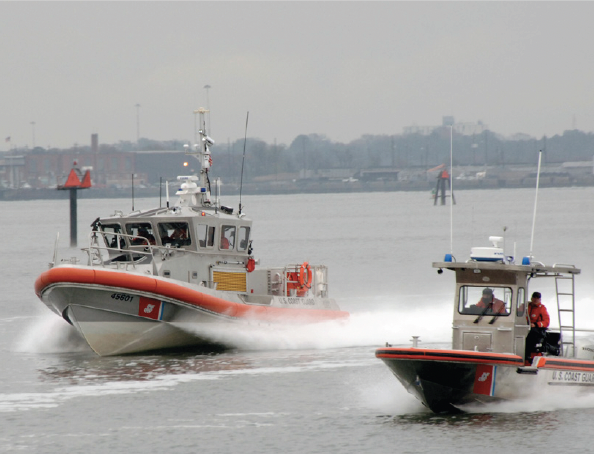How better aligning the BFCC curriculum with adult learning theories and instructional design models results in improved learning outcomes.
What is Blended Learning and Why is it Important?
Blended Learning combines in-person classroom teaching techniques with online technology to meet adult learners where they are, engaging them via the methodologies and formats that work best for them.
To create effective blended learning solutions, experienced instructional systems designers will:
- Review existing curriculum
- Categorize the lesson components based on suitability for virtual and/or in-person delivery
- Use traditional instructional design models to make data-based decisions about virtual versus in-person or resident instruction
Blended learning allows individual learners to experience comprehensive yet flexible instruction that improves motivation and performance, increases collaboration, and optimizes overall engagement.
The Challenge
Metris Global was tasked by the United States Coast Guard to enhance the training and development of Boat Forces Command Cadre (BFCC) students at the United States Coast Guard Leadership Development Center (LDC). The Metris Team leveraged adult learning theories, instructional design models, and technology to meet a shared vision of more effective and engaging learning experiences that combine both virtual and resident instruction.
Actions
The project team took several key actions to implement this blended learning solution.
- Categorization of Lesson Components: Identify the specific tasks and responsibilities associated with the RSO role.
- Determination of Synchronous vs. Asynchronous Delivery: Capture the knowledge requirements of the RSO role, including safety procedures, regulatory compliance, communication protocols, and resource management.
- Develop Detailed Roadmap: Review and analyze the collected data to extract critical information about the RSO role, including the key knowledge, skills, and abilities (KSAs) required.
- Document Learning Benefits: Create a comprehensive reference for the RSO role.
Results
Metris Global’s efforts to transform the traditional curriculum of the USCG Boat Forces Command Cadre into a dynamic blended learning program were tremendously successful. Combining the best elements of virtual and in-person methodologies and aligning them with identified adult learning requirements positively improved learning outcomes through:
-
- Enhanced Learning – more engaging, effective learning experiences
- Active Participation – more opportunities for students to interact beyond the constraints of classroom-only learning
- Network Building – more access to BFCC leaders and opportunities to practice public speaking
- Improved Learning Phases – spaced delivery of virtual lessons that allowed students to process information in ways that best suit them
- Higher Student Satisfaction – reduced or eliminated the common complaints associated with passive learning styles
Connect with one of our Blended Learning experts to learn more. Download the case study.
